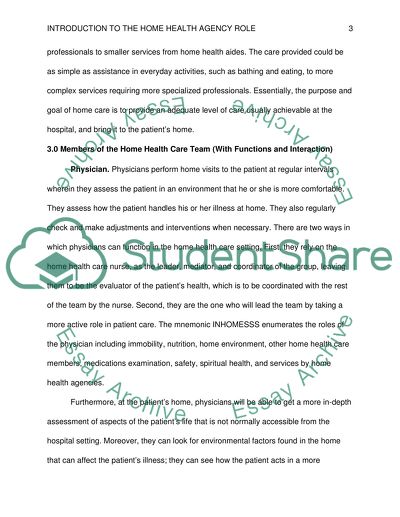Cite this document
(“Introduction to the Home Health Agency Role Essay”, n.d.)
Retrieved from https://studentshare.org/nursing/1402930-introduction-to-the-home-health-agency-role
Retrieved from https://studentshare.org/nursing/1402930-introduction-to-the-home-health-agency-role
(Introduction to the Home Health Agency Role Essay)
https://studentshare.org/nursing/1402930-introduction-to-the-home-health-agency-role.
https://studentshare.org/nursing/1402930-introduction-to-the-home-health-agency-role.
“Introduction to the Home Health Agency Role Essay”, n.d. https://studentshare.org/nursing/1402930-introduction-to-the-home-health-agency-role.


